Research Article 
 Creative Commons, CC-BY
Creative Commons, CC-BY
Child In 2020: Reduced Physical Activity What Are the Repercussions?
*Corresponding author: Messaoudi Sahar, Faculty of medicine and pharmacy of Oujda, LSMIM, Mohammed first university Oujda, Oujda, Morocco.
Received: June 11, 2021; Published: July 06, 2021
DOI: 10.34297/AJBSR.2021.13.001878
Abstract
Objective: to describe physical activity and assess the occurrence of inappropriate behaviors in Moroccan children during the confinement period.
Methods: cross-sectional study via an online survey. A questionnaire on physical activity and sedentary and dietary behaviors was used to compare the status of physical activity before and during the pandemic period.
Results: sample of 200 children, mostly girls (58.5%), Children who decreased their physical activity were 50.8%. During the pandemic, 32.3% were inactive, and the activity was maintained among those whose mothers had a higher level of education representing a rate of 17%. The association of sedentary and inappropriate eating behavior was also high during this period of confinement.
Conclusion: A high prevalence of physical inactivity was observed in this population during the pandemic period of SARS-CoV-2, associated with the development of inappropriate sedentary and dietary behaviors. Our results reinforce the importance of two essential elements: the need to maintain a healthy and active lifestyle, and the obligation to limit sedentary behaviors during periods of social isolation.
Keywords: Physical Activity; COVID-19; Child; Sedentary; Impact, Confinement
Introduction
Children physical activity is essential to the development of fundamental motor skills while helping to learn how to interact with others, which promotes the prevention of certain common psychics such as depression and anxiety [1]. In this way, it contributes to weight control and consequently prevents the development of chronic diseases [1]. Containment related to the COVID-19 pandemic is a high-risk situation for children, not by its direct effects as children and adolescents appear to be less affected by COVID-19 than adults, but by its indirect impacts. This situation inevitably disrupts the rhythm of this so-called regular activity, which is essential for the child’s physical and mental development, by altering their physical behavior, which could become inappropriate. Why is it necessary to remain active during the pandemic? And what are the deleterious effects if our children fall victim to the COVID-19 pandemic lockdown? These are the questions we will respond to.
Material and Methods
This is a cross-sectional observational study of 200 children, consisting of an electronic survey, based on a questionnaire for the evaluation of the rhythm of physical activity in children during the pandemic period. All questions were presented in a differential format, “before” and “during” the lockdown and participants were guided to compare the two periods.
The studied population included children residing in Morocco, and the parents filled the questionnaires. To be included in the research, the child had to be between 5 and 16 years old. In this study, we will highlight the impacts of this health situation on the child, including the change of physical behaviors, the accentuation of sedentary behaviors, sleep disorders, the impact on health status and parental behavior in this situation.
Results
Most of the children were girls (58.5%), parents had a high level of education in 58.5% of the cases. Child custody was shared by both parents in 61%, by one of them in 35,4%, while only 4% were confined away from their parents. In addition, 3.8% of children had chronic diseases such as diabetes, asthma and celiac disease (Figure 1-3).
The majority of children had an active physical lifestyle prior before pandemic period with a rate of 62.3%. In addition, the proportion of children considered physically inactive was 37.7% before quarantine (Figure 4). In contrast, during the pandemic period 86% dramatically decreased their physical activities, and only 13.8% were able to maintain a good physical activity adapted to such conditions. As a result, sedentary behaviors such as screen exposure, daytime sleep, and dietary overconsumption increased during the period of social isolation with a rate of 73.8%. Therefore, the proportion of children considered obese or overweight increased from 25.4% before the pandemic period to 43.1% during the evaluated period (Figure 5).
Following our study, it has been shown that only the education of parents, their joint participation, their support and good organization appear to play an essential role in maintaining a healthy and active lifestyle for their children while fighting against sedentary behaviors during the period evaluated. Thus, we found in our study that the period of social isolation had negative impacts on children and adolescents. The psychological repercussions presented a proportion of 47% ranging from simple agitation to depression illness. Similarly, negative impacts on chronic diseases showed a rate of 7% (Table 1,2).
Discussion
Being physically active is an important socializing agent that can promote the prevention of certain common mental disorders [2] and help the positive development of self-image [3]. Confinement was necessary so restrictions on movement and guidelines prohibiting or restricting participation in outdoor activities were applicated, including regular physical activity, the reason why physical activity is reduced. Therefore, stress, depression, increased consumption of unhealthy foods, excessive exposure to screens and irregular sleep patterns that are risk factors for obesity may be taking place.
A high prevalence of physical inactivity in children and adolescents has been observed during the quarantine. However, we have identified differences in physical activity of adolescents during COVID-19 depending on the level of parent’s education and their influence on their children. Overconsumption of food was also high during this period. Regarding gender differences, many studies identify boys as being more active than girls [4].
In a study assessing the reasons for medical consultations in children and adolescents, a strong behavioral and social component was identified in most of the diseases diagnosed with an emphasis on mental illness and obesity [5]. A strong link between physical activity and the health of children and adolescents has been identified by recent studies, the results of which confirm and extend both the health benefits of an active physical lifestyle. Thus, it has been shown that a higher level of physical activity in children is associated with better results in terms of cardiovascular capacity (maximum oxygen consumption, arterial stiffness), bone health (strength and bone density). , adiposity indices (body mass index, fat mass percentage, waist circumference), cognitive development and mental health (executive function, white matter microstructure), academic success (mathematics, overall average, etc.,) and psychosocial well-being [6-8].
Recent research shows that parents’ physical activity is directly associated with that of their children. There is no denying that parents play a critical role in influencing all areas of children’s lives. We know that children imitate their parents’ behaviors, so parents should take their role as role models seriously because the link is clear: the more active families are, the more their children are. Maintaining regular physical activity can help children and teens recover from the stress and anxiety they usually experience during confinement. It is a good strategy not only for weight control, but also for improving mental health and for the immune system [9].
To alleviate the impacts of the COVID-19 pandemic, public health organizations must continue to promote the benefits associated with adopting a physically active lifestyle. They must also continue to support the implementation of measures and interventions facilitating the practice of physical activities in various living environments (Table 3).
Conclusion
In conclusion, being physically active remains recommended and beneficial in this COVID19 pandemic period for mental, physical and social health of the children, while respecting the precautions concerning in particular the distances between athletes. underc any pretext, physical activity in children should not be neglected. The results of our study suggest a global pandemic of physical inactivity, hence the importance of developing public health policies for this population group, focusing on measures to encourage a healthy and active lifestyle, during and after periods of social isolation.
Acknowledgement
None.
Conflict of Interest
No conflicts of interest.
References
- David M, Peter T, Arthur F, Karin A, Brian E (2018) Physical Activity Guidelines for Americans (2nd ed). US Department of Health and Human Services p: 40.
- Callaghan P (2004) Exercise: a neglected intervention in mental health care? J Psychiatr Ment Health Nurs 11(4): 476-483.
- Gleser J, Mendelberg H (1990) Exercise and sport in mental health: a review of the literature. Isr J Psychiatry Relat Sci 27(2): 99-112.
- Tremblay MS, Barnes JD, González SA, Katzmarzyk PT, Onywera VO, et al. (2016) Global Matrix 2.0: Report Card Grades on the Physical Activity of Children and Youth Comparing 38 Countries. J Phys Act Health 13(11 Suppl 2): S343 -S366.
- Abreu N, Dias I, Cascais M, Luz A, Moleiro P (2018) Quais os diagnósticos mais frequentes na adolescência? A realidade de uma consulta de Medicina do Adolescente. einstein (São Paulo) 16(2): eAO4225.
- Hall G, Laddu DR, Phillips SA, Lavie CJ, Arena R (2020) A tale of two pandemics: How will COVID-19 and global trends in physical inactivity and sedentary behavior affect one another? Prog Cardiovasc Dis 64: 108-110.
- Peluso MAM, Guerra de Andrade LHS (2005) Physical activity and mental health: the association between exercise and mood. Clinics (Sao Paulo) 60(1): 61-70.
- Mandolesi L, Polverino A, Montuori S, Foti F, Ferraioli G, et al. (2018) Effects of Physical Exercise on Cognitive Functioning and Wellbeing: Biological and Psychological Benefits. Front Psychol 9: 509.
- Mediouni M, Madiouni R, Kaczor Urbanowicz KE (2020) COVID-19: How the Quarantine could lead to the Depreobesity. Obes Med 19: 100255.

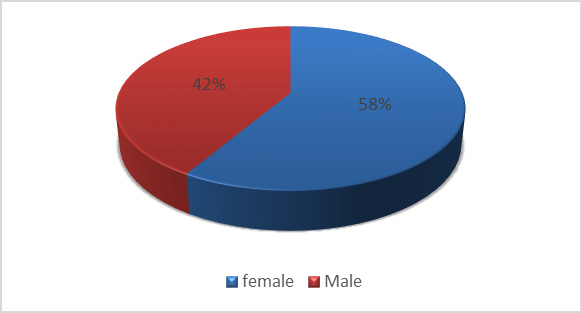
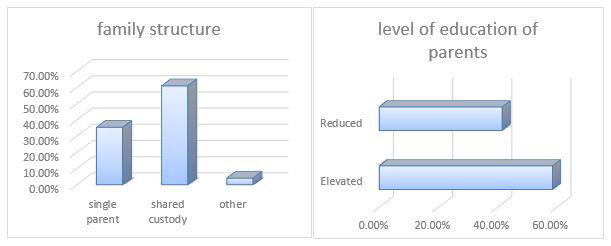
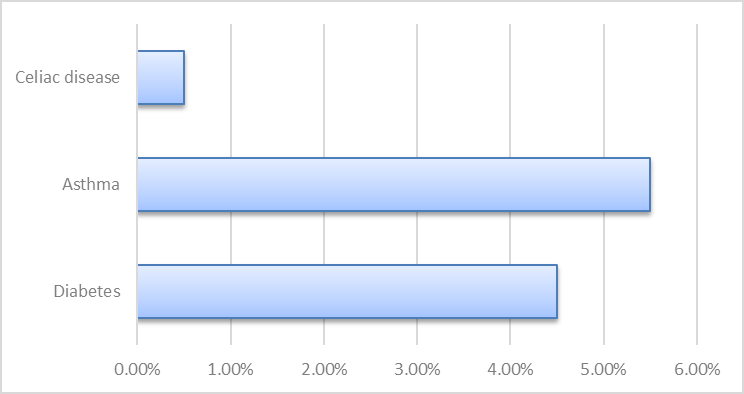

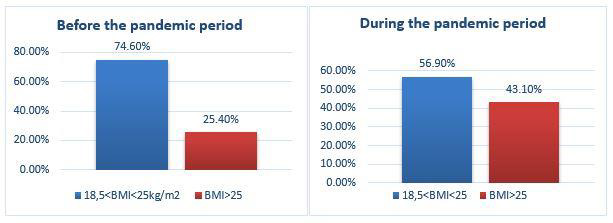
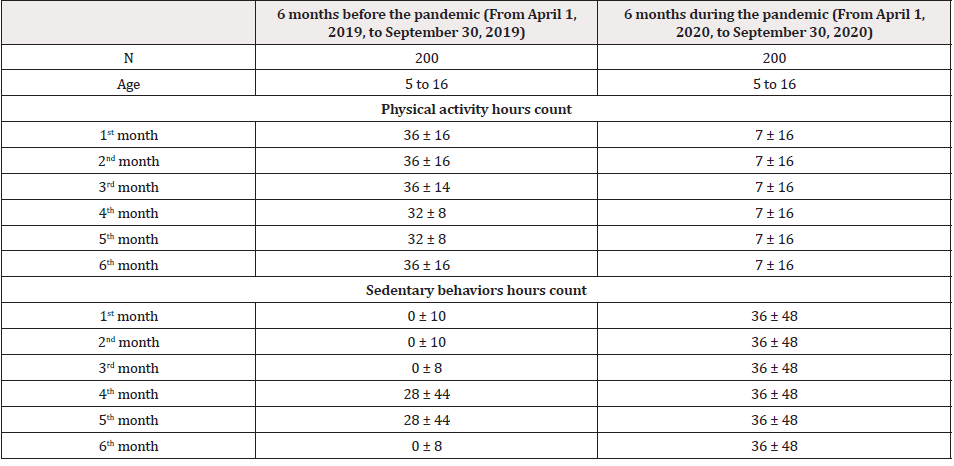
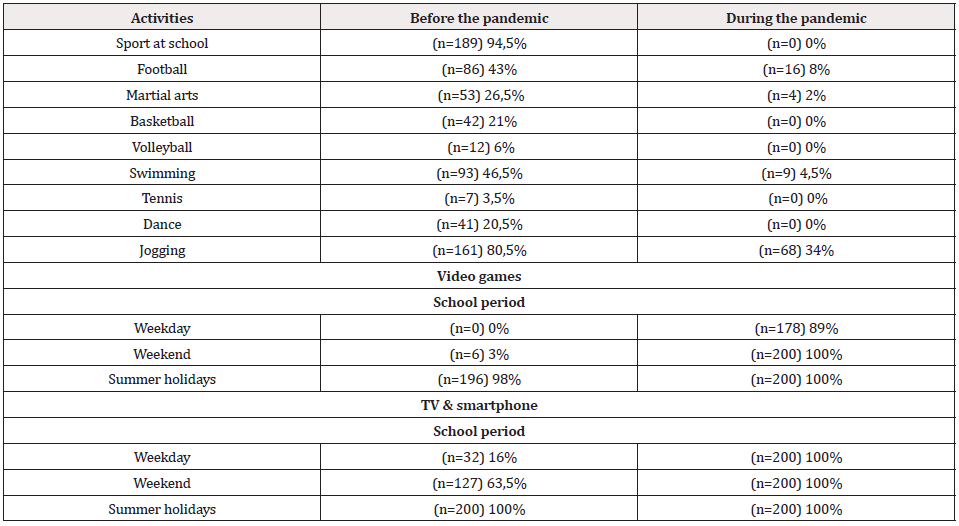



 We use cookies to ensure you get the best experience on our website.
We use cookies to ensure you get the best experience on our website.